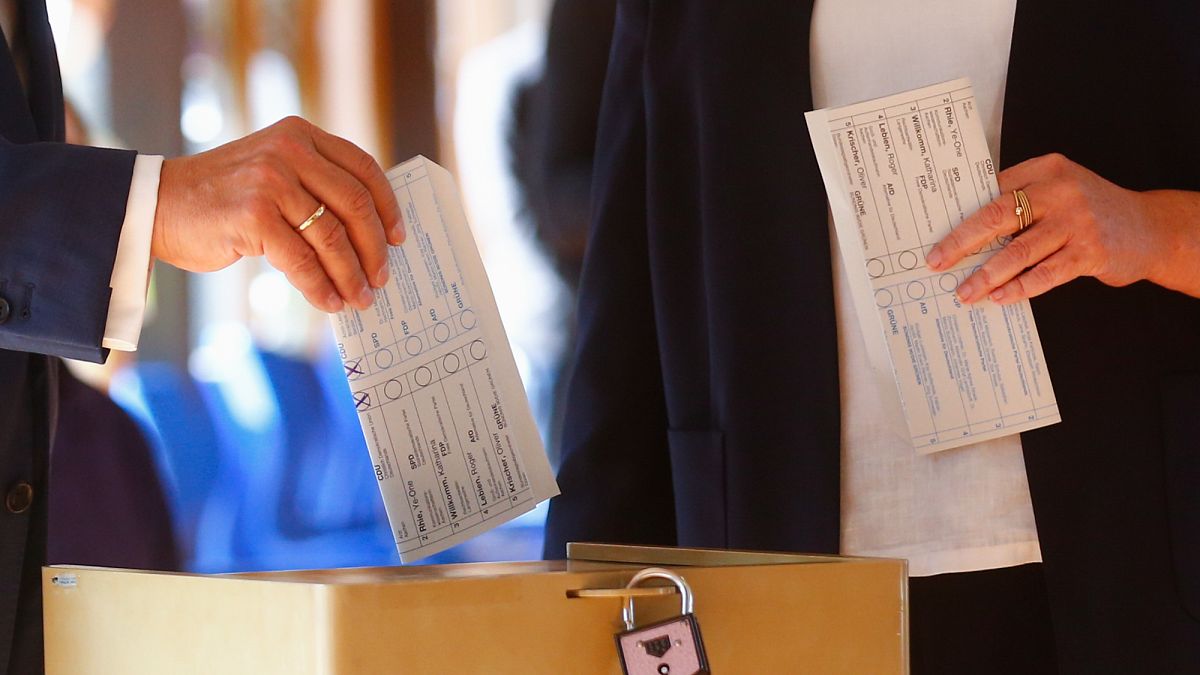Samsung Galaxy S25 Edge review: Its thin, and thats what counts


In the 2000s, a common joke about smartphones was that they kept getting smaller. In the decade that followed, the trend was to make everything progressively bigger, until you were basically keeping a small tablet in your pocket.
What’s old is new again with the Samsung Galaxy S25 Edge, a new phone whose entire selling point is that it’s smaller than its brethren. What we have here is essentially the same as the Samsung Galaxy S25 series that launched in February, but thinner. I wish there were more interesting things to say about it, but truthfully, there aren’t.
Still, that doesn’t mean the Galaxy S25 Edge is a bad device. Its form factor is, indeed, pretty appealing once it’s in your hands, and the specs on offer are perfectly reasonable for a $1,100 phone. You get a high-end chipset and a big (but flawed) display for that price, but it doesn’t come without compromises, especially to battery life.
Samsung Galaxy S25 Edge: Price and specs

As far as pricing is concerned, the Galaxy S25 Edge’s $1,099.99 starting price is on the higher end of the Samsung flagship spectrum, coming in just below the $1,299.99 starting price for the Galaxy S25 Ultra. That said, the specs inside it are fairly commensurate with the pricetag:
6.7-inch display with 3120x1440 resolution and 120Hz refresh rate
Snapdragon 8 Elite for Galaxy chipset
12GB RAM
256GB/512GB storage
3,900mAh battery
I should note that upgrading to 512GB storage bumps the price up to $1,219.99 (though a gift card deal at Amazon helps a little), putting it right up there with the Galaxy S25 Ultra. That’s the only configuration choice you get, though.
Like I said, those aren’t bad specs for the price. You get a big, high-res display and the exact same chipset used in Samsung’s most expensive phone, along with a decent amount of RAM. A 1TB storage option might have been nice to have, though that would’ve jacked the price up even more, so I can see why Samsung went without it.
Samsung Galaxy S25 Edge: Design

The physical form factor is the big (and possibly only) draw of the Galaxy S25 Edge. It measures in at just 5.8mm of thickness, a substantial reduction from the 7.2mm of thickness found in the base S25. As someone who uses an iPhone 16 (which is 7.8mm thick) on a daily basis, the difference is very noticeable.
Put simply, it feels great in the hands. Its 163g weight is basically identical to the base S25, too, but distributed over a taller and wider device, so it feels extremely light given its surface area. My only worry here is that it definitely feels like it could snap in half at any time, though with the new Corning Gorilla Glass Ceramic 2 material used in its construction, that’s probably just a matter of perception and not reality. Of course, I did not try to break it because it’s a very expensive device and Samsung would not have been happy with me.
My only real gripe with the design is that there’s still a pretty sizable camera bump on the upper left corner of the phone’s backside, meant to house its two rear lenses. I’m no engineer, so it’s possible that there just wasn’t a better way to design this, but it’s a little disappointing for a super thin phone to not sit more flatly on my desk than this one does.
Oh, the color options are a bit of a bummer, too. You just get silver, black, and something called “Titanium Icyblue.” We’re big fans of pink smartphones around here, and this would’ve been a great opportunity for Samsung to include one.
Samsung Galaxy S25 Edge: Display

I had a bit of a confusing experience with the Galaxy S25’s display, which is a quality one by the numbers. It’s a big 6.7-inch panel with a buttery smooth 120Hz refresh rate and a super crisp 3120x1440 resolution, so what could possibly be wrong with it?
Well, its peak brightness of 2,600 nits doesn’t necessarily get the job done in bright sunlight. While walking around my neighborhood in Brooklyn to take photos with the Galaxy S25 Edge’s cameras, I regularly had a bit of a hard time seeing things on the display, even at max brightness. It was slightly bothersome under cloud cover, and got worse once the sun was fully out.
It’s not unusable by any means, but in direct comparison to my iPhone 16 (whose peak brightness of 2,000 nits should be inferior), it’s significantly dimmer in sunlight. I don’t know why this is, but that was my experience with the Galaxy S25 Edge’s display. Be warned.
Samsung Galaxy S25 Edge: Performance
In terms of performance, the good news is that the S25 Edge is more or less identical in this regard to the rest of the Galaxy S25 family. That makes sense, given that all four of those phones have the same Snapdragon 8 Elite for Galaxy chip inside of them. Hardware parity, in this case, has led to performance parity.
Apps load quickly, everything runs smoothly, and I never noticed the phone getting hot while doing too much, despite never using a case for it. If you care about benchmarking statistics, the S25 Edge compares very favorably with the S25 Ultra, the highest-end phone in the S25 line. That phone’s multi-core score in Geekbench 6 was 10,049, while the S25 Edge came in at 10,014.
In other words, you’re getting comparable performance to a true high-end flagship on a phone that’s remarkably thin and light. That’s pretty neat.
Samsung Galaxy S25 Edge: Battery life

Aside from the comparatively dim display, the other major compromise I noticed with the Galaxy S25 Edge came in the form of battery life. This one is admittedly less surprising and more forgivable; batteries take up space, and the whole point of this phone is that it doesn’t take up space.
Still, using our standard battery testing method of playing an HD video on the display at 50 percent brightness until it died, the Galaxy S25 Edge was able to last for 21 hours and 36 minutes. That’s not miserably bad by any means, but it’s worth considering that the recently released Google Pixel 9a, at $500, was able to go a full 24 hours using the same methodology.
You’ll still be able to get about a full day’s use out of one charge on the S25 Edge, but the fact that it tests worse than at least one recent budget phone isn’t great.
Samsung Galaxy S25 Edge: Cameras
The Galaxy S25 Edge’s rear camera array sits somewhere between a base experience and a flagship experience. Like a base S25, you only get the wide and ultra-wide lenses, with no telephoto option whatsoever as with the S25 Ultra. However, it does match the S25 Ultra in one way: The main wide lens is a 200MP shooter. The disappointing side of this is that the ultra-wide lens is only 12MP, while it was 50MP on the Ultra.
Still, megapixel numbers aside, this phone takes nice photos. Even without a telephoto lens, the maximum 10X zoom produces very clear and crisp images.


Shots taken with the regular wide and ultra-wide lenses look vivid and beautiful, too.


There’s even a dedicated Macro Focus mode now, which lets you put the camera up real close against tiny objects and capture them in great detail. It works very intuitively, activating on its own as soon as you get the camera close enough to what you’re trying to shoot. I dig it.

Lastly, nighttime photography is still pretty good here. It does a nice job of making dark photos look more legible, though there are times when the final product looks a bit like it’s lit with studio lighting. It’s a little unnatural, but that’s a problem plenty of other phones have, too.

Is the Samsung Galaxy S25 Edge worth it?
On its merits, the Samsung Galaxy S25 Edge does exactly what it sets out to do: Provide a flagship-like experience for slightly less money than the most expensive one, at a much more appealing form factor. And if you want a super-thin, flagship-like Galaxy smartphone, this is it.
The physical design of the S25 Edge is, indeed, a selling point if you care a lot about phones being thin and light. I personally don’t find my regular iPhone 16 to be prohibitively bulky, but I can’t lie: Using it after using the S25 Edge makes it feel that way.
Thanks to a high-end chipset, you get comparable performance to Samsung’s best phone, too. Battery life is definitely something you’ll have to compromise on, and in my experience, the display isn’t great in bright sunlight, but this is a solid phone in almost every other way.
















































